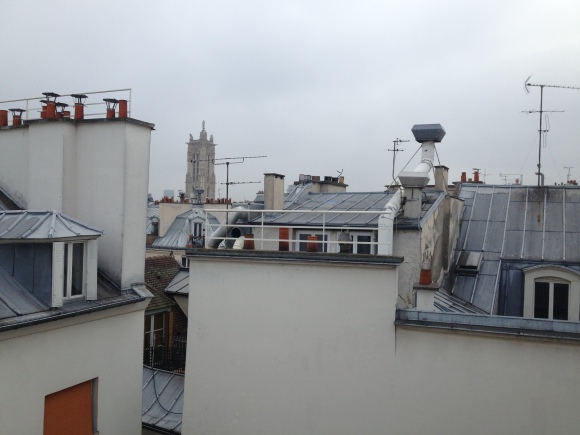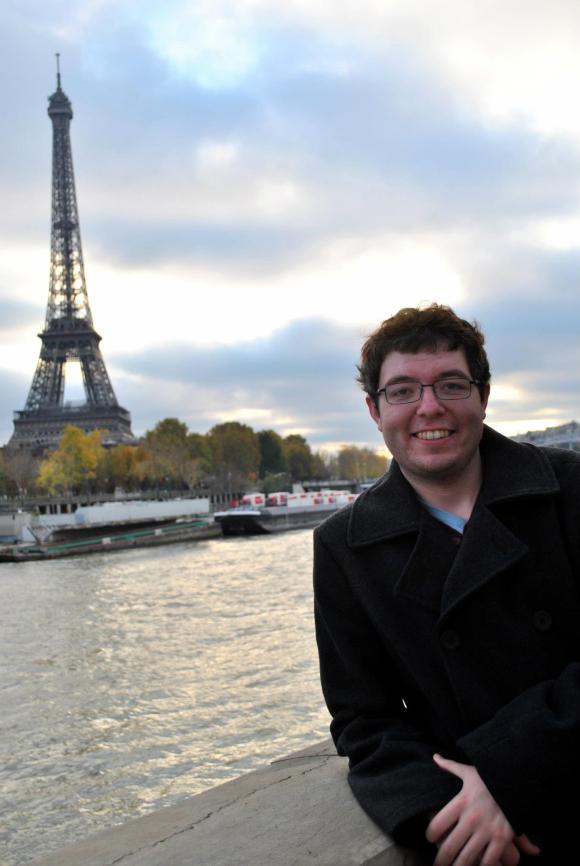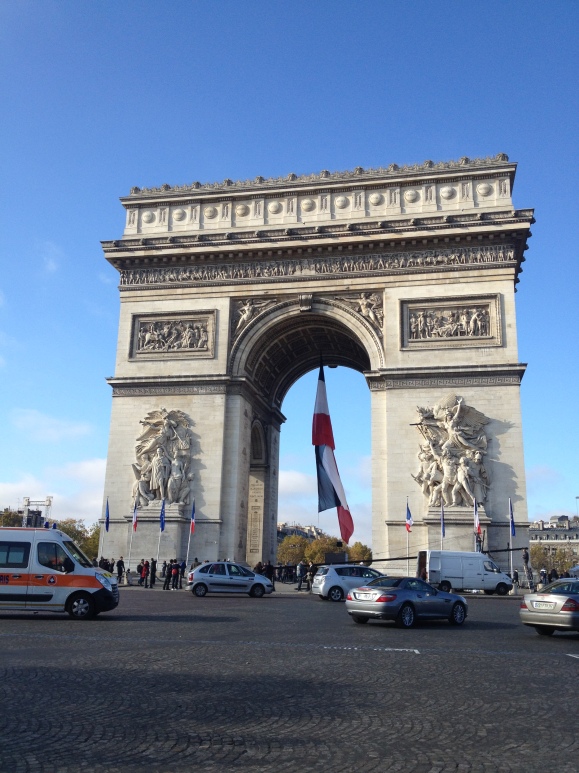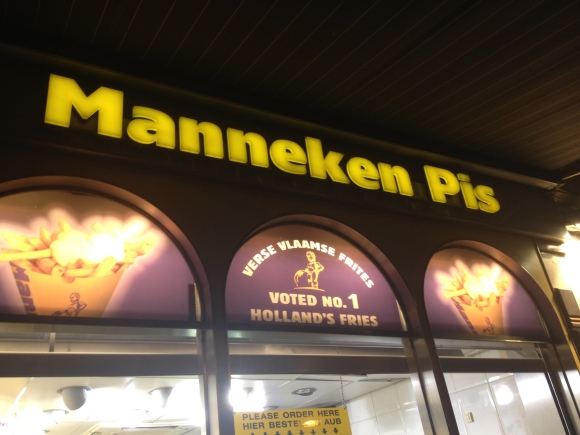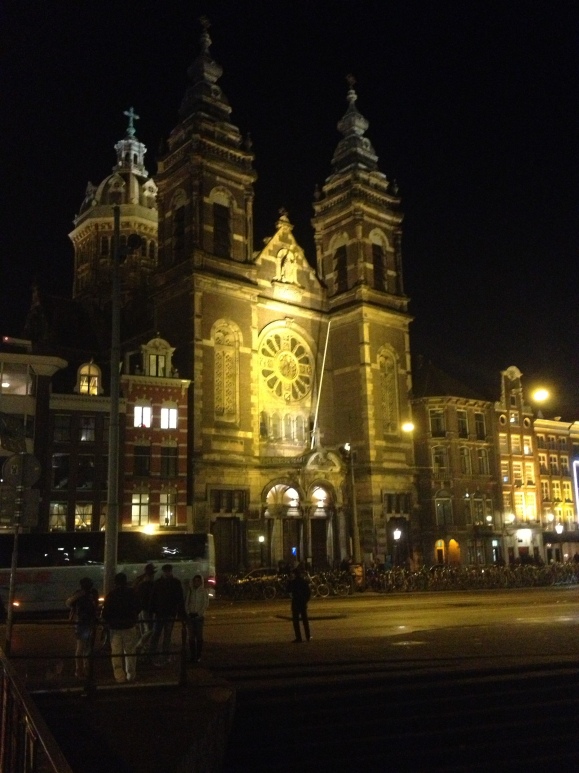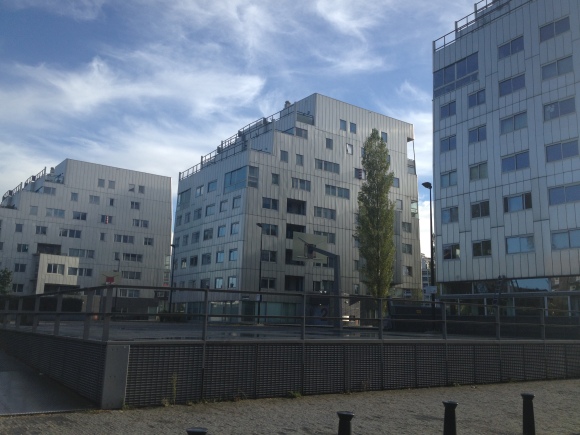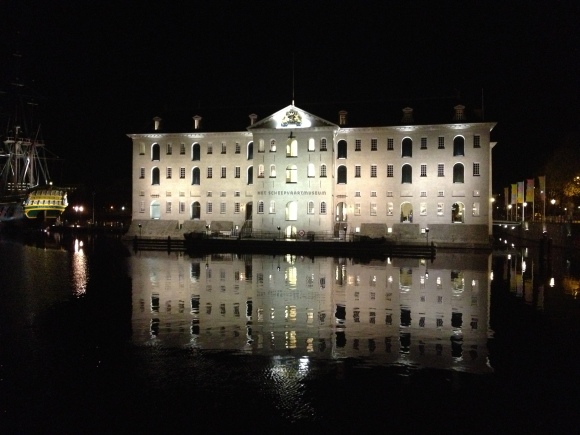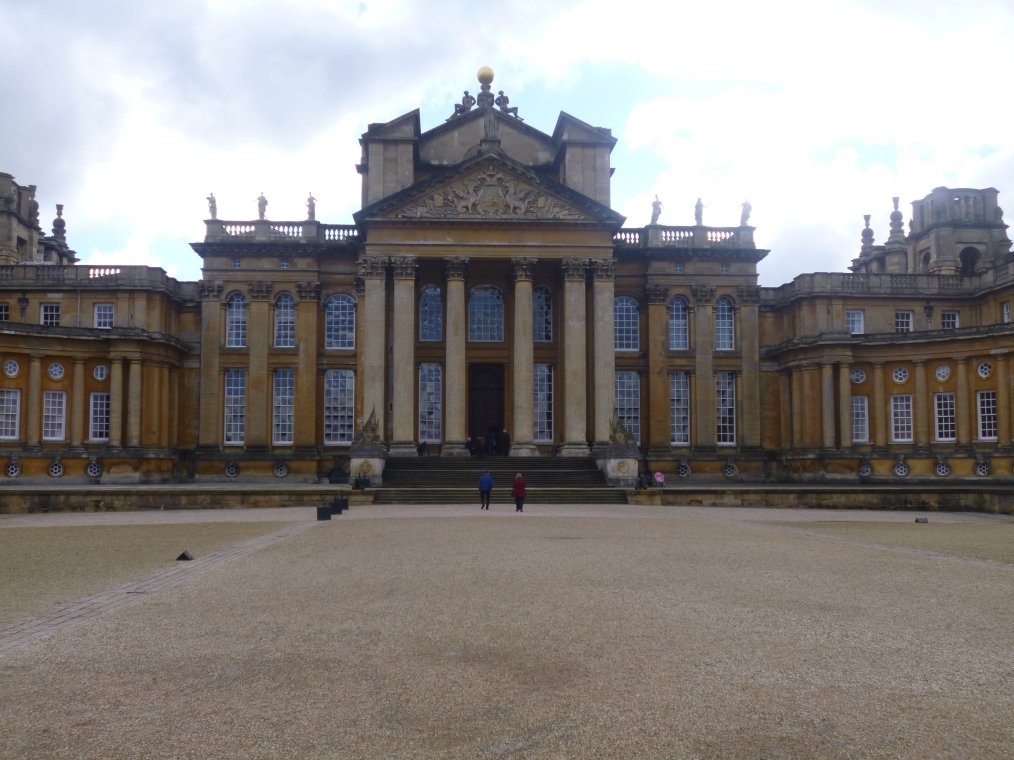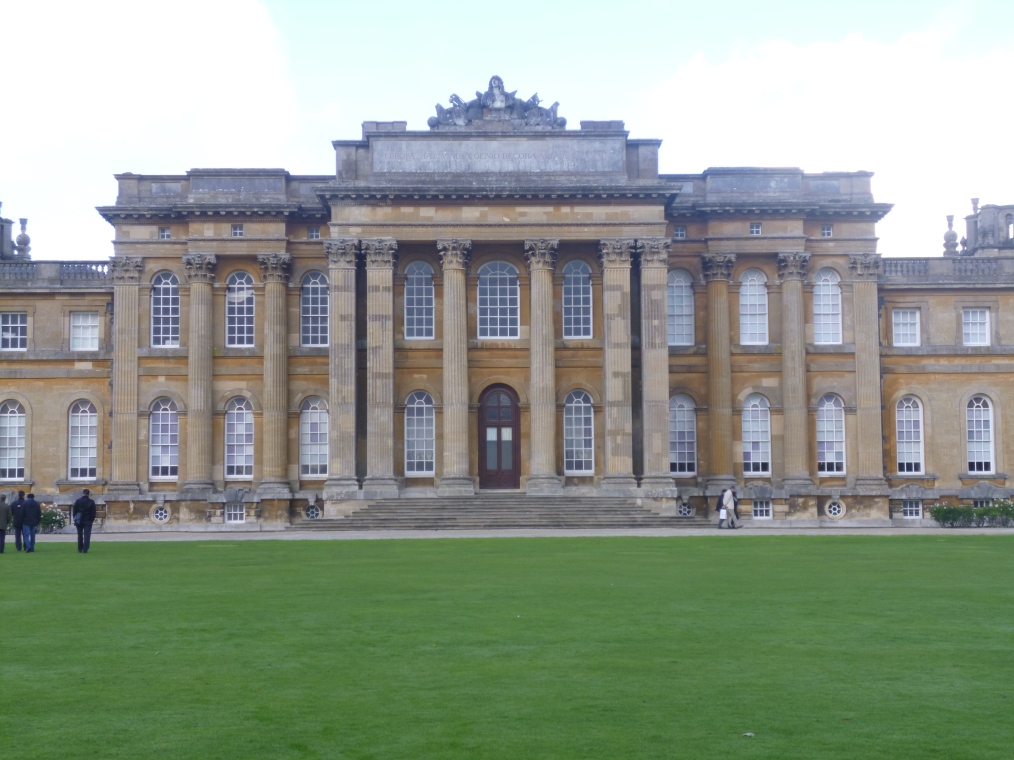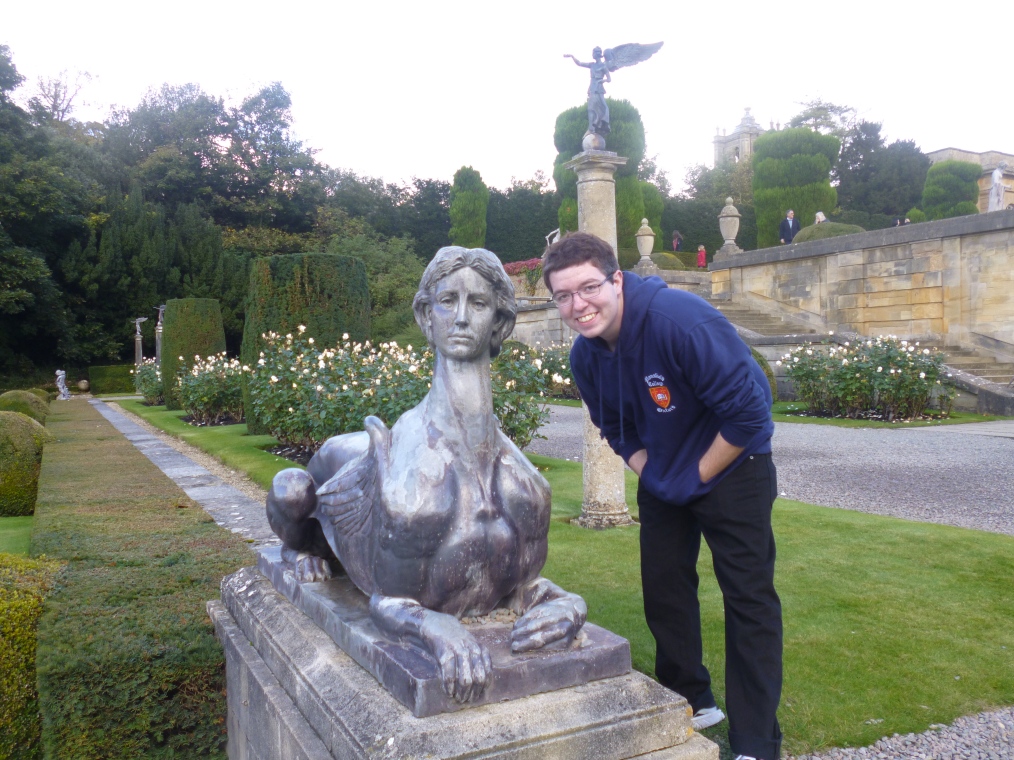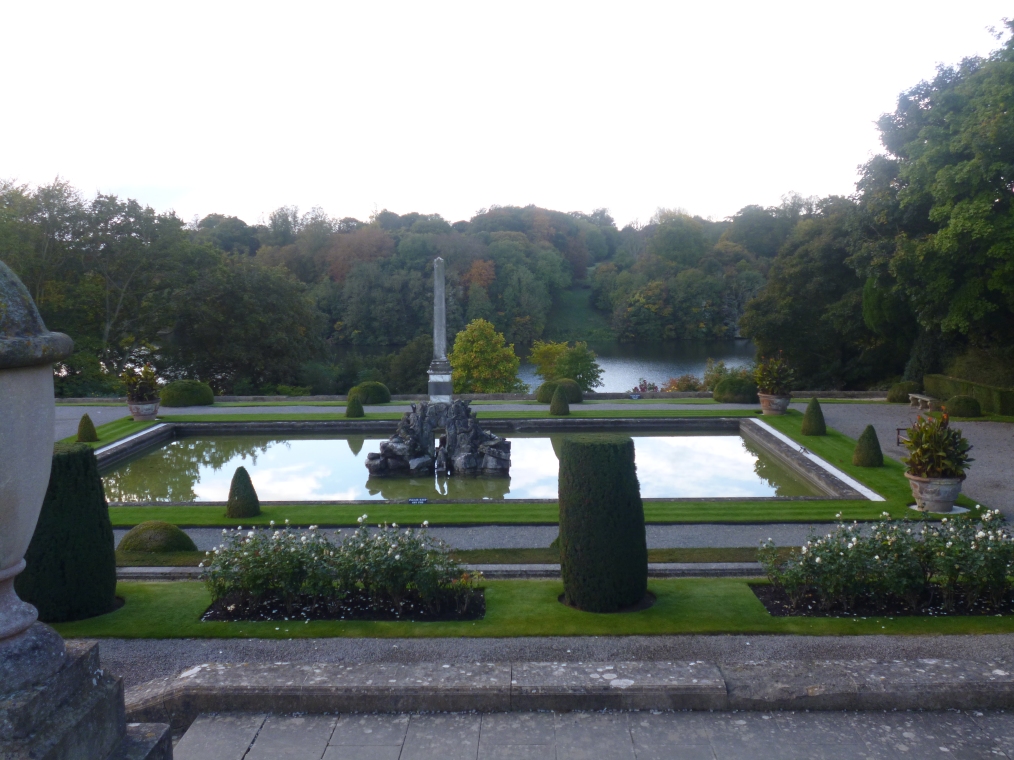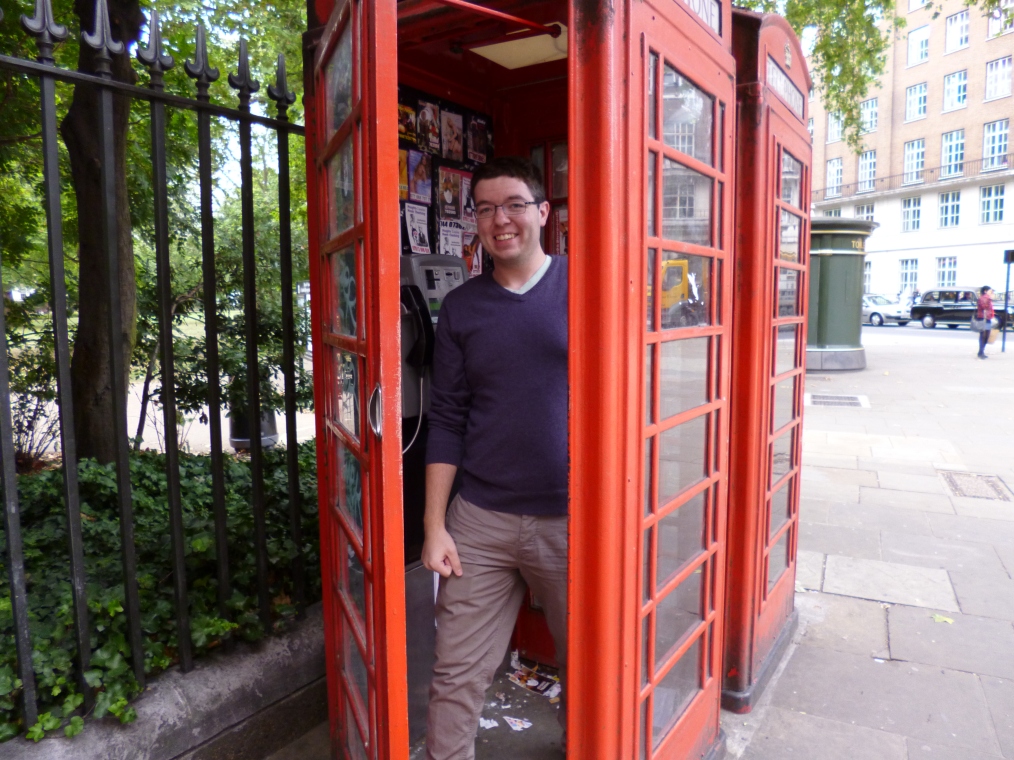Alright kids, here’s part one of my extra long post about Paris! I know I still haven’t put up the second part of my Amsterdam trip, but I felt like writing this one so bear with me.
I guess learning to get a feel for cities is a part of travelling. So is sheer exhaustion. Paris was Paris and different than I imagined: seedier, older, and bigger. Whereas Amsterdam felt almost quaint, despite the coffee shops and prostitutes, I never got over the foreignness of Paris, the sheer European feel of the boulevards and brasseries. I was struck by the combination of old and new, evidenced everywhere from small rues of cramped buildings covered with street art to the Louvre, the formidable wings encircling I.M. Pei’s glass pyramids. I don’t think I could give my overall impression of Paris even if I was forced to: I’m still left confused by my extended weekend in the city of baguettes and espresso.
Attempting to save money for future travels, I booked a round trip fare onboard Megabus: a nine-hour bus ride including a trip on a ferry to cross the Channel. I had to wake up at five in the morning (never again) to catch my train from Oxford to London, a journey that I don’t remember much because I was asleep for most of it. The bus ride passed in a haze of naps and light reading, the ferry itself a commercial monstrosity offering everything from cheap double shots to slot machines and country music. It was possible for a while to forget that you were on board a ship, that is until you decided to walk around and realized that the floor was swaying just a bit too much. We arrived in Calais and drove to Paris under cover of dark: rain and night obscuring most of the French countryside. On my way back to Calais at the end of my trip I was able to see bucolic farmlands and sweeping hills surrounded by small French villages.
My arrival in Paris was remarkably anti-climactic; my bus cruised by the Arc de Triomphe before I could even register it. We were an hour and a half later than the expected arrival time and the bus pulled into a different station than listed. My friend Jess, who acted as my tour guide, hostess, and chef for the weekend, had a bit of difficulty finding me, but we eventually connected at a nearby shopping mall and hopped aboard the Metro to get to her neighbourhood in the first arrondissement. For those unfamiliar with the structure of Paris, the city is comprised of numberous districts, called arroindissements, that start in the very heart of the city (the first, near all the tourist attractions) and wend their way outwards to the grimier outskirts of the city.
Jess’s apartment, located in Châtelet, was at the top of an apartment building built sometime in the nineteenth century. We had to hike up six flights of rickety stairs to a one-room apartment that consisted of a pullout bed, a table, a mini-fridge, a stove, sink, and a shower in the corner. The toilet was half a flight of stairs down. The view was spectacular: Parisian rooftops, chimneys, and the spire of a church rising above it all in the not too distant distance. Sensory memories from this weekend include the smell of frites frying, cold air and siren wails coming through the window, and the simple warmth of a white duvet.
–View from the apartment
Over my three full days in the city, I did many of the typical tourist attractions. I walked along the Champs-Élysées, dutifully impressed, awed, and frankly bored with the wealth and overpriced merchandise on sale. We wandered into Coach, minimalist shelves of bags stretching to the vaulted ceiling while carbon-copy salespeople scurried around glamorous individuals surveying the latest haute couture eyewear and shoes. The Arc de Triomphe, located at the top of the Champs-Élysées was reached by an underground tunnel: the French flag billowed proudly at its centre. A tasteful fire ringed by wreaths commemorated Veterans Day. The Eiffel Tower was as imposing and ugly as I figured, the wrought iron designs stunning to behold however. The cost and wait time was a bit too prohibitive for me to ascend to the top, but I figured a quick jaunt around the Tower and the nearby park was necessary. Two rows of bear statues, one for each country in the world, stretched away from the national landmark, some type of art installation that Jess and I never ascertained the meaning of. Each bear was painted in gaudy colours and designs indicative of its country, and they all seemed to be saluting a great ursine overlord.
–Stereotypically touristy shot.
–Arc de Triomphe
The Louvre was everything I expected and more. I was particularly awed by the sheer size and grandeur of the building, each room distinct from the one that came before it. Modern atriums of marble gave way to cramped wood-panelled rooms that in turn became long halls hung with panoramic paintings. I usually get bored in museums: my feet hurt, my attention wanders, and the crowds of people make me annoyed and anxious. I was certainly ready to physically assault my fair share of tourists (see how I carefully exclude myself from that moniker?) but I was too overcome by the sheer majesty of the art contained within the Louvre to be distracted by people milling about. I saw the Mona Lisa just so I could say I did, and it was as disappointingly small and unremarkable as everyone told me it would be. The Egyptian wing was cavernous and dense, open coffins lined up next to artefacts from antiquity. I got lost for a while and spent about twenty minutes walking the same polished floors, wandering by the same bust of Ramses II more times than I care to admit.
I saw Manet and Monet, Delacroix and David, sculptures and replicated bedrooms. There was a special exhibition of Raphael’s work from later years that I wandered through, and was slightly reprimanded by a composed Frenchwoman for taking photographs. I feel impotent attempting to describe the museum simply because of how unique and simultaneously typical it was: I had seen all these paintings before in better resolution online, with the added benefit of being able to observe them by myself with no pants on in my bedroom. The experience was more than worth it, and I am incredibly glad I went, but the more museums I visit the more I realize how much of their worth now is from the information they impart and the atmosphere they provide rather than a simple exhibition of their treasures. There is nothing compared to seeing the fat brushstrokes of Van Gogh on the original canvas, or the chiselled marble abs of some Adonis or another, but the time of shock and awe at the mere sight of great artwork has mostly passed.
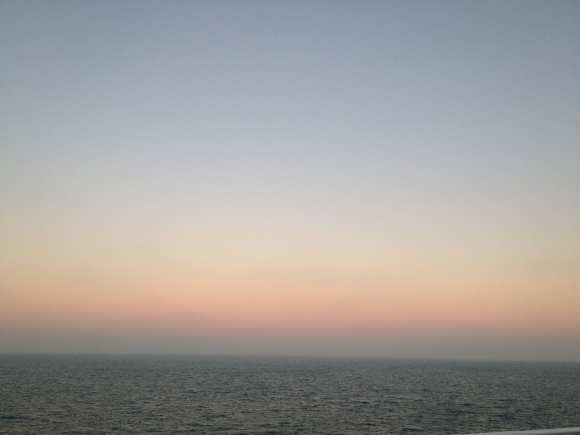 –View from the cruise ship on the way back to England
–View from the cruise ship on the way back to England
Stay tuned for Part 2, where I talk about Parisians, French food, and Notre Dame!

